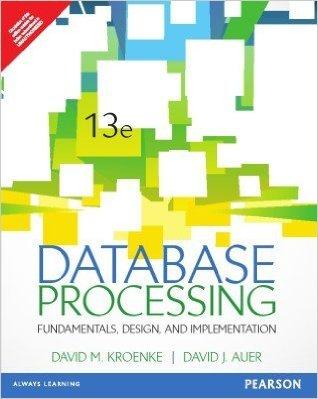Question
Part I - Number Conversions Pick the amount from one of the checks in your checkbook. 1) Convert the decimal number into a binary number
Part I - Number Conversions Pick the amount from one of the checks in your checkbook. 1) Convert the decimal number into a binary number with three places to the right of the binary point. 2) Convert the binary number into a hexadecimal number. 3) Convert the binary number to a floating-point number using the IEEE -754 Floating-Point Standard Part II - Adding Binary Numbers Select two decimal numbers between -60 and +60. One should be positive and the other should be negative. Convert the numbers into 8-bit unsigned numbers with negative numbers in the 2s complement form. (Remember that positive numbers have the leftmost bit =0 and negative numbers have the leftmost bit =1). Add the two numbers together to generate an eight-bit binary result. Show your work. Part III If a computer is capable only of manipulating and storing integers, what difficulties present themselves? How are these difficulties overcome.
Step by Step Solution
There are 3 Steps involved in it
Step: 1

Get Instant Access to Expert-Tailored Solutions
See step-by-step solutions with expert insights and AI powered tools for academic success
Step: 2

Step: 3

Ace Your Homework with AI
Get the answers you need in no time with our AI-driven, step-by-step assistance
Get Started


